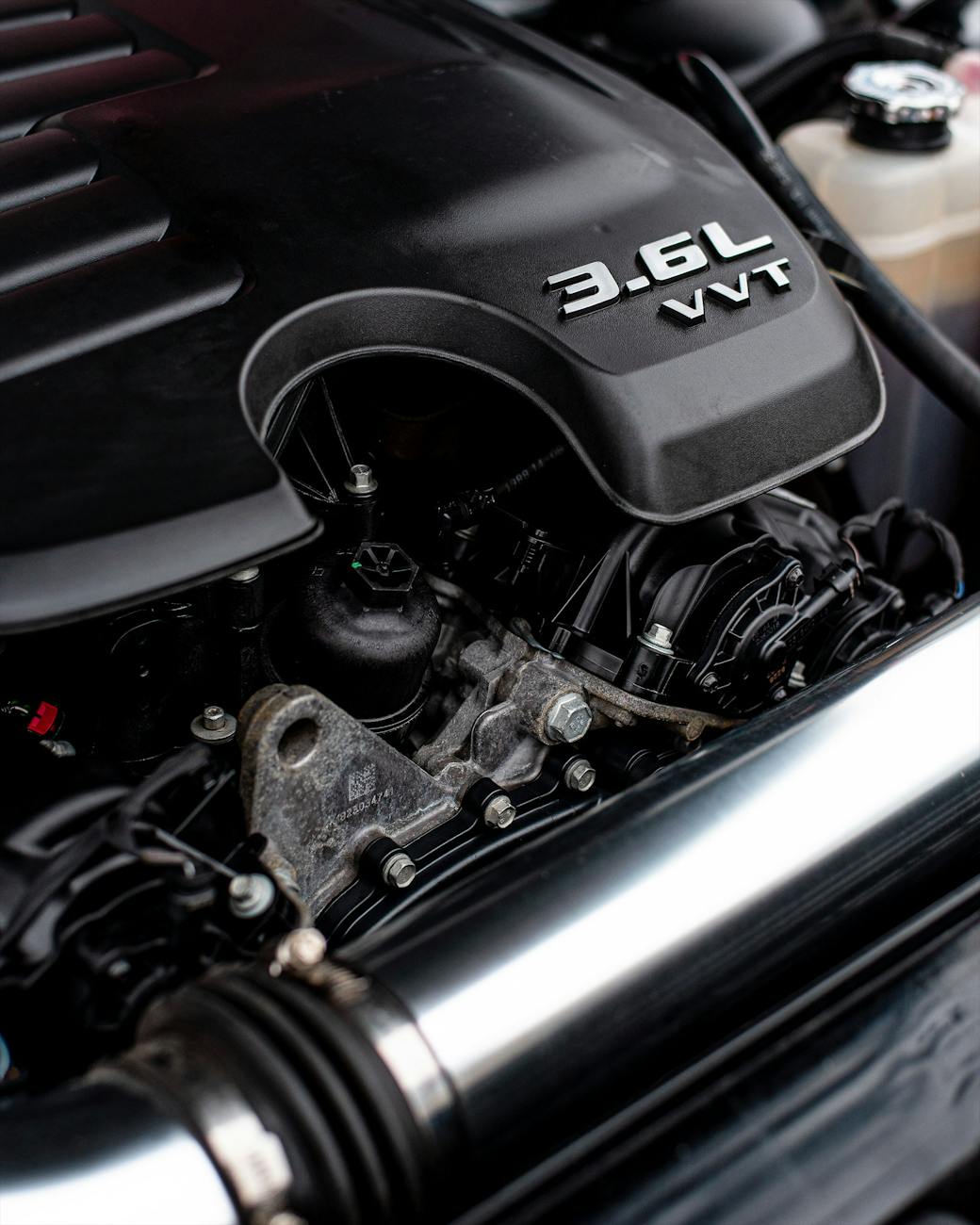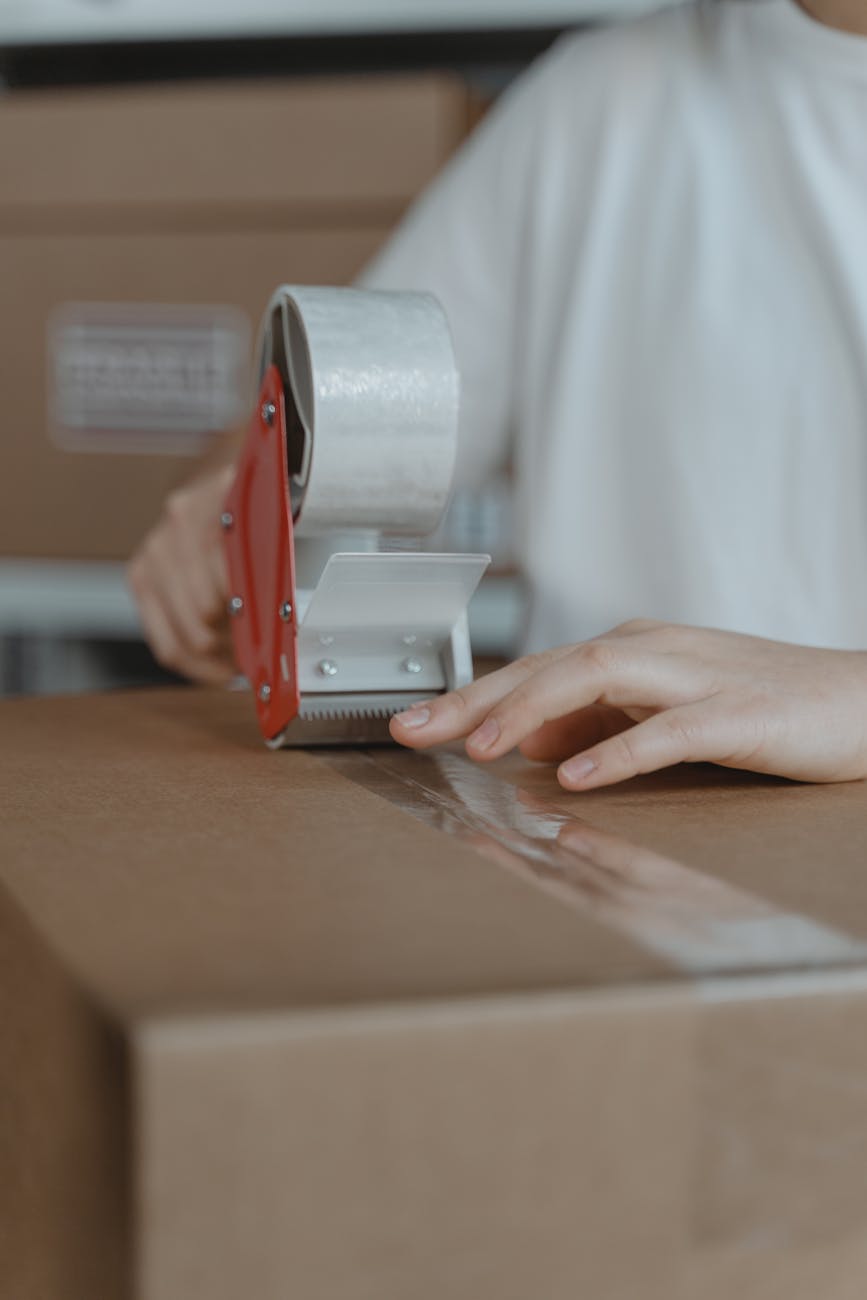In today’s fast-paced industrial landscape, efficient packing and transport of industrial parts play a crucial role in ensuring smooth operations and cost-effective logistics management. Properly packed parts not only minimize the risk of damage during transit but also enhance productivity by streamlining the unpacking process at the destination. To help you navigate the intricacies of industrial parts packing, we have compiled a comprehensive guide that outlines some effortless tips for transporting your valuable components securely and efficiently.
Understanding the Nature of Industrial Parts Packing
Industrial parts come in varying shapes, sizes, and materials, making it essential to have a clear understanding of their specific packing requirements. Before starting the packing process, categorize the parts based on their fragility, weight, and dimensions. This classification will help you determine the most suitable packaging materials and techniques needed to ensure the safe arrival of the parts at their destination.
Selecting the Right Packaging Materials
The first step towards efficient industrial parts packing is choosing the appropriate packaging materials. Opt for sturdy corrugated cardboard boxes, crates, or foam inserts that provide adequate protection against impacts and vibrations. Bubble wrap, foam peanuts, and cushioning pads can be used to fill empty spaces within the packaging and prevent the parts from shifting during transit. Additionally, consider using moisture-resistant packaging materials to safeguard the parts from environmental factors that could cause corrosion or degradation.
Securing the Parts inside the Packaging
To prevent damage during transport, securely fasten the industrial parts inside the packaging to minimize movement. Use strong adhesive tapes or strapping materials to hold the parts in place and add an extra layer of protection. For delicate components, consider individually wrapping them in bubble wrap or foam sheets before placing them in the packaging to ensure they are well-insulated from external impacts.
Labeling and Documentation
Proper labeling and documentation are essential aspects of effective industrial parts packing. Clearly label each package with details such as part numbers, descriptions, handling instructions, and destination addresses. Create a detailed packing list or manifest that itemizes the contents of each package for easy identification and tracking. Implement a standardized labeling system to streamline the unpacking process and avoid confusion at the receiving end.
Consider Outsourcing Packaging Services
If your organization lacks the resources or expertise to handle industrial parts packing in-house, consider outsourcing this critical task to professional packing services. These specialized providers have the necessary knowledge, equipment, and facilities to pack and transport industrial parts efficiently, ensuring peace of mind and optimal protection for your valuable components.
Conclusion
Efficient industrial parts packing is a vital component of successful logistics management in the industrial sector. By following the tips outlined in this guide and prioritizing the safety and integrity of your industrial parts during transport, you can minimize risks, reduce costs, and streamline your supply chain operations. Remember, investing time and effort in proper packing today can save you from potential losses and delays in the long run. Embrace these effortless tips for transporting industrial parts, and watch your logistics operations soar to new heights of efficiency and reliability.


